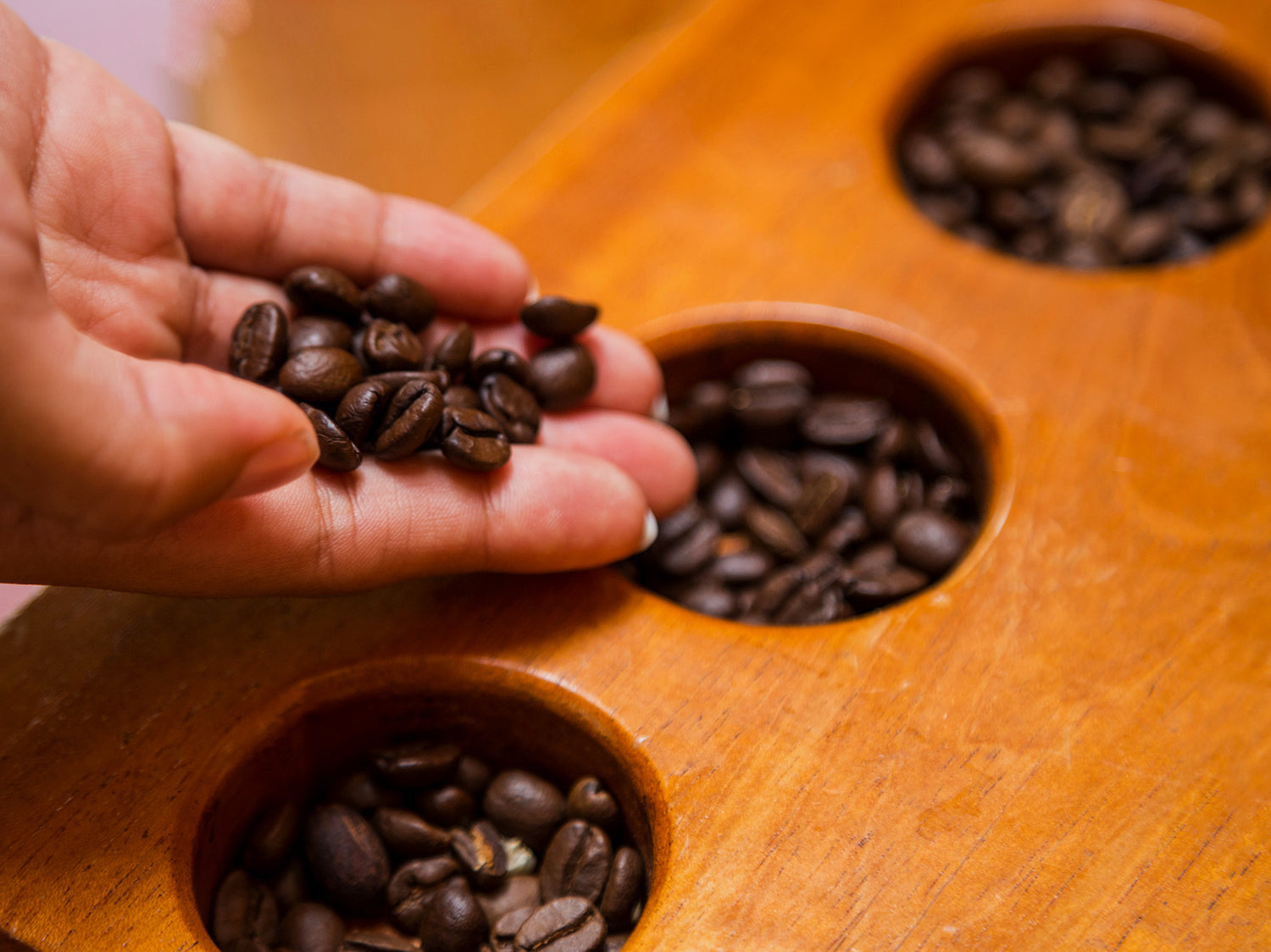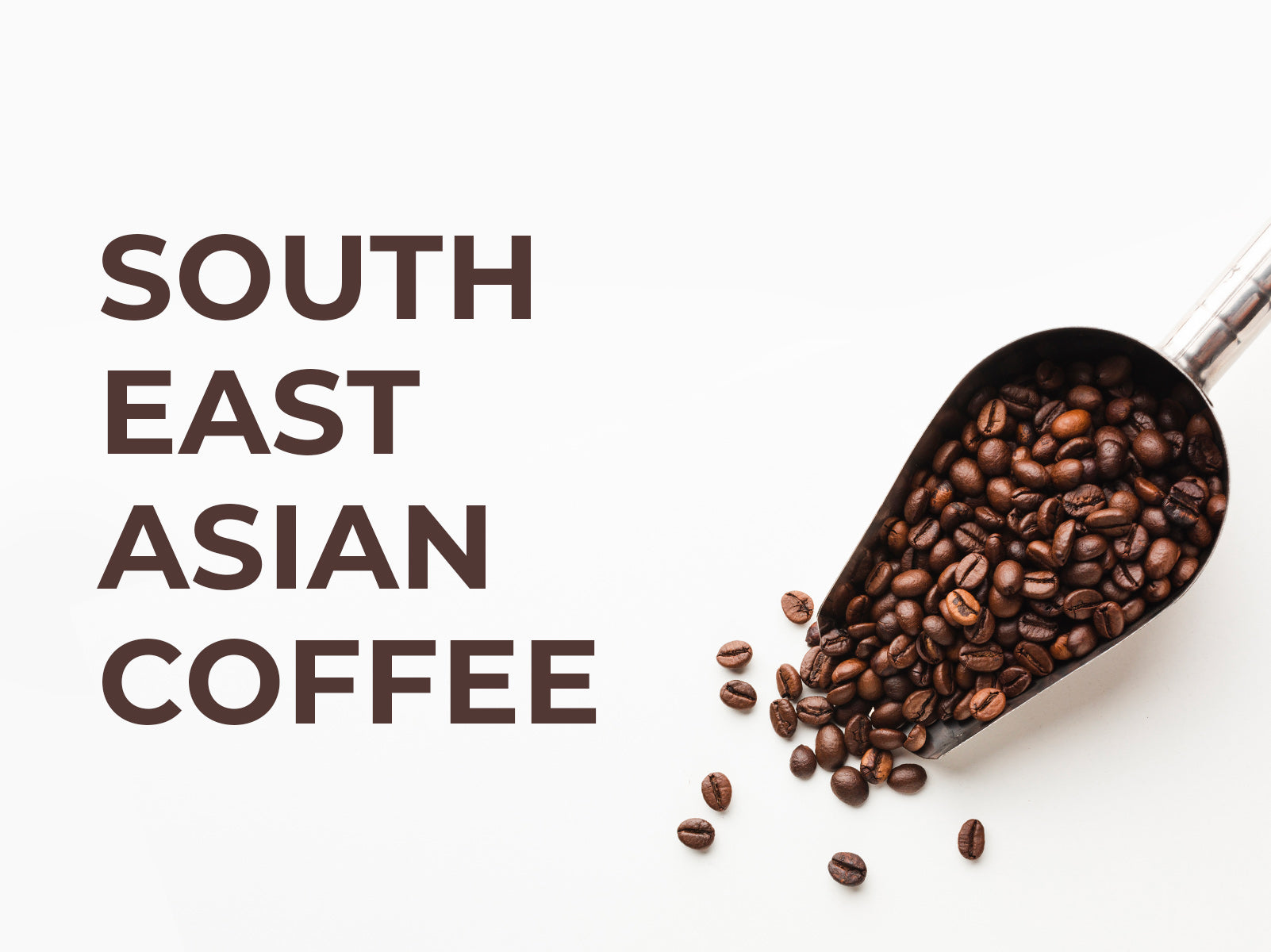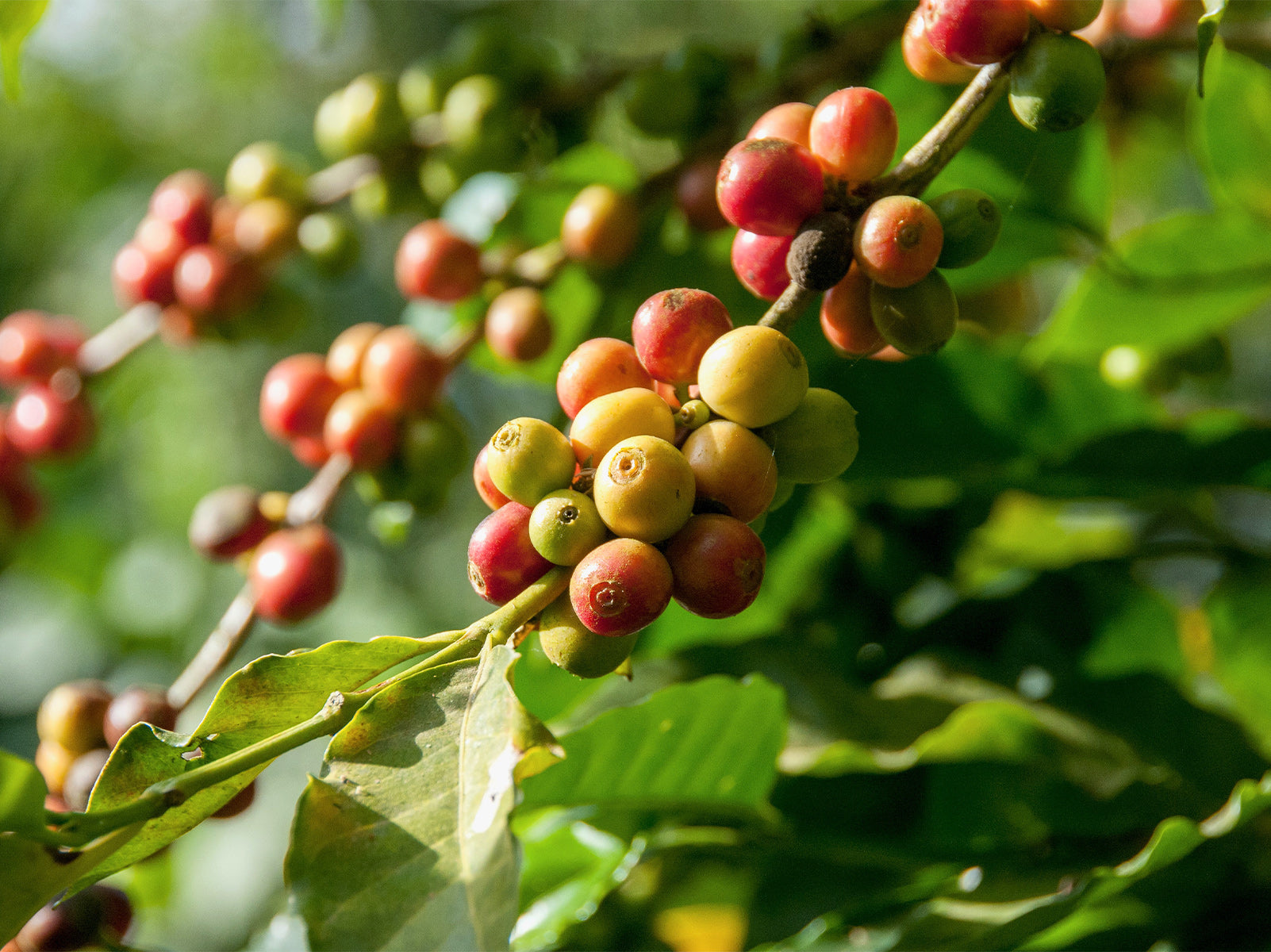You probably have heard that some people can’t start their day without the perfect cup of coffee, but I think that perfect cup starts with the right coffee beans. This might be news to some people, but not all coffee is the same! There are several different types of coffee beans in the world, and each of them comes from a different plant, has its own unique set of characteristics, and would even be roasted a specific way!
Let’s take a closer look at the four main types of coffee beans, some of their varietals and differences!
4 Main Types of Coffee Beans Everyone Should Know About
1. Arabica
Arabica is the most commonly used coffee in the world. In fact, most of the coffee brands available in grocery stores use Arabica beans. That comes to around 60% of all coffees. It was originally cultivated in Yemen, but today, most of it is grown in Ethiopia. Throughout Ethiopia, the Arabica plant grows everywhere, it’s even found growing in the wild! What makes this coffee so popular is the flavoring.
First off, they’re on the sweeter side, which makes them perfect for all different types of brews. Not only that, but they’re slightly acidic, which makes them great with creamers. There are several layers of flavor tones in it too, because of which, the coffee ends up being one that almost everyone can enjoy!
The Arabica bean grows in areas that have a lot of rainfall, and thrives in shady areas. Although the crop grows in abundance in Ethiopia, unless it’s taken care of properly, it can’t thrive. The coffee beans that make it to stores around the world, have been carefully cultivated and cared for, which just makes them that much more special.
Some of the most popular varietals of Arabica are Bourbon and Caturra, both of which are extremely flavourful and popular throughout the e ntire world.
2. Robusta
Robusta isn’t as popular as the Arabica coffee beans, but it’s still one of the most popular ones in the world. Most Robustra plants grow in Southern Italy. When they’re initially brewed, it’s done so exactly like espresso. Even in most espresso blends, a significant portion of them is just Robusta. Although that’s also one of the reasons why it’s not as popular as Arabica coffee, because it’s fairly bitter. Their flavor can be described as being dark and earthy, which makes them more of an acquired taste than something a person would like immediately if they’re used to having regular Arabica coffee. However, those that prefer espresso, or black coffee would particularly enjoy it!
What’s different about the Robusta bean apart from the starkly different flavoring, the plant also grows differently. It’s not as sensitive as the Arabica plant and tends to be a lot more resilient while it’s growing. That also makes the yield cheaper in price than Arabica, but it still has a higher concentration of flavoring and caffeine!
With Robusta, there are only two main varietals, Erecta and Nganda, and both of them are equally as popular, and great in terms of flavor and aroma.
3. Liberica
The Liberica plant hails from West Africa, but today it’s more commonly grown in the Philippines and Malaysia. This type of coffee plant grows differently from both Arabica and Robusta. These plants grow very tall and thrive in partial sunlight, and can even do well in fairly poor soil. Even then, this type of coffee only really counts for around 2% of all of the coffee available for sale!
Not only does the Liberica plant grow differently, but the coffee beans produced from it look very different. They’re irregularly shaped so usually, no two beans will look the same. With that, the taste is extremely unique too! Instead of being dark and bitter, or even sweet, the Liberica coffee beans are more floral and fruity with a woody base, creating a coffee brew unlike any other!
The most popular varietal of Liberica coffee is indefinitely the Kapeng barako. Although this type of coffee is very rarely found in stores, when it is, it’s almost always Kapeng barako!
4. Excelsa
Excelsa is similar to the Liberica, but it’s actually a totally different plant. This one grows only in Southeast Asia, and is quite resilient while it’s growing too. It can be grown with little care and still produce great beans at the end of the day!
The most unique thing about Excelsa coffee is that it’s very versatile and can be very fruity in flavoring but there’s also a subtle acidity, which just creates this unique flavor palette that can be used in lots of different types of brews. Although, despite that, it’s still one of the rarest coffee types in the world, those that love the flavoring will still go to great lengths to find this in store.
Arabica and Robusta
More than 98 percent of the world’s coffee is made up of only two species of coffee plant. The two species are Arabica and Robusta.
The two species couldn’t be more different, having very different botanical and chemical features and qualities.
Arabica is the more delicate of the two, requiring very specific conditions in order to survive. Robusta is a lot more hardy by comparison, being able to withstand greater extremes of temperature, altitude and rainfall.
A coffee plant’s caffeine levels is vitally important as it acts as a natural pesticide, which is why arabica has to grow at higher altitudes where fewer pests live. For this reason, the naturally low caffeine coffee called laurina almost became extinct.
Most robusta are grown between 200 – 600m (650 – 2000ft), but the plant species even able to grow at sea level because of how hardy it is. This is definitely not something that the arabica plant is able to do.
Arabica has double the chromosomes of robusta, which is why it has a more complex flavour profile. But there are other factors as to why arabica is so much tastier.
The combination of growing at higher altitudes and having lower caffeine levels combined with a higher sugar content means that arabica is far superior, making the best and most delicious coffee.
Now that you got to know the family, and you know which family are the largest now, we will cover its members(varietals) down the family tree.
| Feature | Arabica | Robusta |
| Ideal Temperature | 15 - 25℃ | 20 - 30℃ |
| Altitude | 1,000 - 2,000m | 200 - 600m |
| Rainfall | 1,500 - 2,500mm | 2,000 - 3,000mm |
| Sugar Content | 6 - 9% | 10 - 12% |
| Caffeine Content | 0.1 - 1.6% | 1.7 - 4% |
| Chromosomes | 44 | 22 |
All Set to make a mean cup of coffee!
Even though there are lots of different types of coffee beans throughout the world, the four types mentioned in this article definitely dominate the coffee market! With all of the details on each of them, everyone can try out all the different types of coffees, and pick which one would be their favorite.




